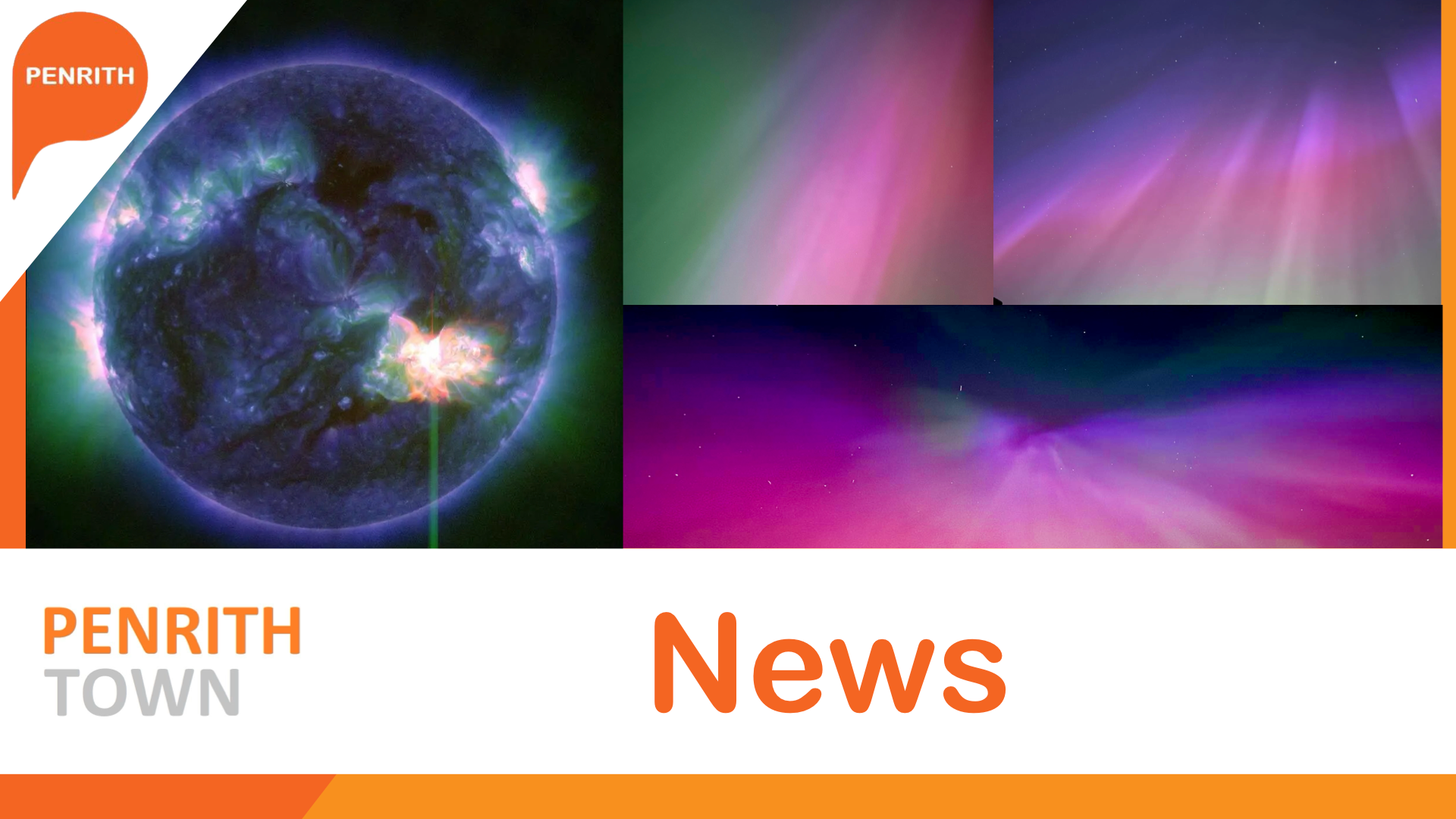
Intense geomagnetic activity that resulted in many parts of the UK covered in a vivid light show overnight are again hitting the planet.
The geomagnetic storm overnight is forecast to be the biggest in two decades that could disrupt technology such as communication systems, global positioning systems, satellite orbits and even your Wi-Fi and power supply at home in what is been called a ‘cannibal storm’,
The British Geological Survey (BGS) has upgraded its geomagnetic forecast today (12th November 2025) to the highest intensity level amid an ongoing solar storm, which prompted the aurora displays that entertained stargazers across the UK overnight.
The best time to catch a glimpse of the aurora tonight is forecast to be from 9pm until 3am, with the strongest activity forecast at around midnight.
Current predictions suggest that a second storm, feeding off the first, will result in potentially the largest solar storm to hit our planet in over two decades. Scientists believe that it has the potential to achieve the maximum level of G5 on the NOAA storm scale. Dubbed a ‘cannibal storm’, the first event has already disrupted communications and global positioning system (GPS) satellite accuracy. At ground level, it created the biggest measured geoelectric field since BGS records began in 2012.
The increase in activity from the coming storm could have further, significant impacts on space and ground-based technologies, including communication systems, global positioning systems (GPS) and satellite orbits.
Geomagnetic storms are caused by solar activity interacting with the Earth’s magnetic field, which has implications for national energy infrastructure and navigation. For this reason, it is listed as one of the primary hazards on the UK’s National Risk Register.
Space weather can have a real impact on the lives of people across the planet. BGS records real-time data of geomagnetic conditions, underpinning the national forecast service. Our data suggests that this event could be one of the biggest storms we’ve seen in 20 years.
Dr Gemma Richardson, BGS Geomagnetic Hazard Specialist.
Like any forecast, it is not possible to say with certainty exactly how big the storm will be. Solar storms travel from the Sun and can reach Earth in as little as 17 hours, although they can also take significantly longer. Based on satellite observations, we anticipate this event will be significant; early indications such as ground measurements of solar energetic particles are some of the largest recorded since 2005.
Assuming clear, dark skies, there is an increased chance of seeing the aurora borealis from the UK tonight. Observers in Scotland, northern England and Northern Ireland have the best chance if the weather is favourable.
 Then select "Add to Home Screen"
Then select "Add to Home Screen"